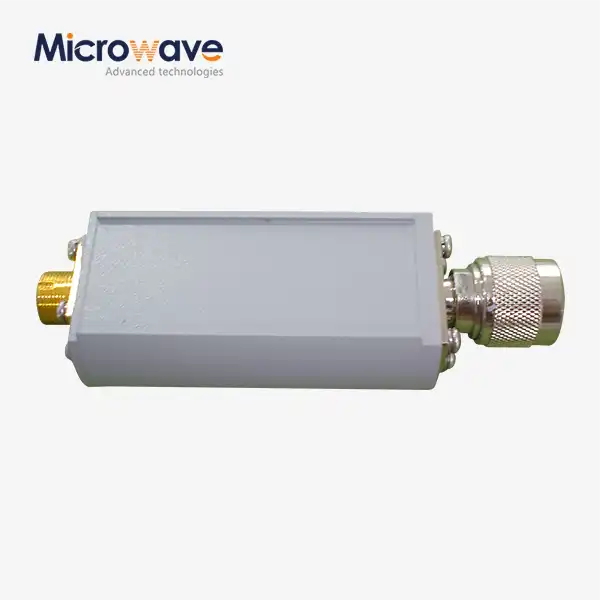What are the Main Types of Coaxial Cable Connectors and Their Respective Application Scenarios?
In the intricate world of telecommunications and advanced electronic systems, Coaxial Cable Connectors play a pivotal role in ensuring seamless signal transmission across diverse industries. These critical components are the unsung heroes of modern communication technologies, providing robust and reliable connections that enable everything from satellite communications to complex defense and aerospace applications. Understanding the various types of Coaxial Cable Connectors and their specific application scenarios is essential for engineers, technical professionals, and decision-makers seeking optimal signal integrity and performance.
Precision RF Connectors: Navigating High-Frequency Signal Transmission
Characteristics of High-Performance RF Connectors
Precision RF connectors represent the pinnacle of signal transmission technology, engineered to maintain exceptional signal quality across demanding environments. Advanced Microwave offers coaxial cable connectors that connect cables to other equipment and are specifically designed to maintain the cable's shielding. High-quality connectors provide a reliable, long-lasting connection that is crucial in scenarios requiring minimal signal loss and maximum electromagnetic interference (EMI) protection. These connectors are meticulously crafted to handle extremely high frequencies, typically ranging from DC to 18 GHz, with some specialized variants capable of managing signals up to 40 GHz. The precision engineering involves intricate design considerations such as impedance matching, low reflection coefficients, and robust mechanical interfaces that can withstand extreme environmental conditions.
Impedance Matching and Signal Integrity
Impedance matching stands as a critical parameter in RF connector design, directly influencing signal transmission efficiency. Typical impedance standards include 50-ohm and 75-ohm configurations, each tailored for specific application domains. The 50-ohm connectors predominantly serve telecommunications, test and measurement equipment, and wireless communication systems, while 75-ohm variants find widespread use in broadcast and video transmission infrastructure.
Advanced Manufacturing Techniques
Manufacturing high-performance RF connectors demands extraordinary precision. Computer numerical control (CNC) machining, advanced metallurgical processes, and sophisticated quality control mechanisms ensure that each connector meets stringent performance specifications. Surface treatments like gold plating, silver coating, and specialized dielectric materials contribute to enhanced conductivity, corrosion resistance, and long-term reliability.
Specialized Microwave Connectors: Enabling Complex Communication Systems
Microwave Connector Design Principles
Microwave connectors represent a sophisticated subset of coaxial cable connectors specifically engineered for high-frequency applications spanning satellite communications, radar systems, and advanced telecommunications infrastructure. These connectors are designed to maintain signal integrity across increasingly complex and demanding operational environments. The fundamental design principles revolve around minimizing signal loss, managing electromagnetic interference, and providing robust mechanical interfaces that can withstand extreme temperatures, vibrations, and environmental challenges. Advanced Microwave's engineering approach integrates cutting-edge materials science with precision manufacturing techniques to create connectors that deliver exceptional performance.
Frequency Range and Performance Characteristics
Microwave connectors typically operate across frequency ranges from 18 GHz to 110 GHz, representing the bleeding edge of signal transmission technology. Specialized connector types like SMA (Sub-Miniature Version A), N-type, and waveguide interfaces enable seamless integration into complex communication systems.
Thermal Management and Material Selection
Material selection plays a crucial role in microwave connector performance. Advanced ceramic and specialized polymer composites are employed to manage thermal expansion, minimize signal degradation, and ensure consistent performance across varying environmental conditions. Thermal management strategies include advanced heat dissipation techniques and engineered material interfaces that maintain structural integrity under extreme operational stress.
Rugged Tactical Connectors: Ensuring Reliable Communication in Extreme Environments
Military and Aerospace Connector Requirements
The military and aerospace sectors demand an extraordinary level of precision and reliability from coaxial cable connectors that far exceed standard commercial requirements. These critical components must function flawlessly in environments that range from the freezing temperatures of high-altitude reconnaissance missions to the scorching heat of desert warfare zones. Advanced Microwave's engineering approach recognizes that a single connector failure can compromise entire communication systems, potentially risking mission-critical operations. The stringent specifications for these connectors include extreme temperature resistance from -55°C to +125°C, shock resistance up to 100g, and vibration tolerance across multiple frequency ranges. Moreover, these connectors must maintain signal integrity while being lightweight, a crucial consideration in aerospace applications where every gram of weight impacts fuel efficiency and operational performance.
Hermetic Sealing and Environmental Protection
Hermetic sealing represents a pinnacle of engineering excellence in coaxial cable connector design, creating an impenetrable barrier against environmental contaminants that could compromise signal transmission. Advanced Microwave's hermetic sealing technologies utilize advanced metallic and ceramic materials that create a virtually impermeable enclosure, protecting the internal connector mechanisms from moisture, dust, chemical exposure, and extreme pressure differentials. The sealing process involves precision welding techniques, typically using electron beam or laser welding methods that ensure microscopic tolerances and complete environmental isolation. These advanced techniques allow connectors to maintain performance in environments ranging from deep-sea underwater communications to high-altitude satellite systems and extreme terrestrial deployments. The hermetic seal not only protects against immediate environmental challenges but also ensures long-term reliability, extending the operational lifespan of critical communication infrastructure.
Ruggedization Techniques
Ruggedization of coaxial cable connectors represents a comprehensive engineering approach that transforms standard components into extraordinary, high-performance solutions capable of withstanding extreme operational conditions. Advanced Microwave employs a multi-layered ruggedization strategy that begins with material selection, utilizing advanced metallic alloys like beryllium copper, stainless steel, and specialized titanium composites that offer superior mechanical strength and corrosion resistance. Surface treatments play a crucial role, with advanced electroplating techniques applying protective layers of gold, silver, and specialized ceramic coatings that enhance conductivity and environmental resistance. Mechanical design considerations include specialized coupling mechanisms that provide additional mechanical stability, with features like bayonet-style locks, threaded interfaces, and quick-release systems engineered to maintain consistent performance under mechanical stress. These ruggedization techniques ensure that coaxial cable connectors can survive and perform in environments that would catastrophically compromise standard communication components.
Conclusion
Coaxial cable connectors represent a critical nexus of advanced engineering, bridging the gap between complex electronic systems and reliable signal transmission. From precision RF applications to rugged tactical deployments, these components embody the pinnacle of technological innovation.
Connect with Advanced Microwave Technologies
Unlock the potential of cutting-edge communication technologies with Advanced Microwave Technologies. Our commitment to innovation, coupled with our extensive expertise in microwave engineering, positions us as a global leader in connector solutions.
Interested in exploring how our advanced coaxial cable connectors can transform your technological infrastructure? Reach out to our expert team today!
Contact Us:
- Email: sales@admicrowave.com.
- Global Expertise, Local Support
References
1. Johnson, R. E. (2019). High-Frequency Connector Design: Principles and Applications. Cambridge Electronics Press.
2. Peterson, M. A. (2020). Tactical Communication Systems: Connector Technologies and Performance Optimization. Defense Technology Review.
3. Williams, S. K. (2018). Material Science in RF Connector Engineering. International Journal of Microwave Technology.
4. Rodriguez, L. M. (2021). Thermal Management in High-Frequency Signal Transmission. Advanced Electronics Research.
5. Chang, H. (2017). Impedance Matching Techniques in Modern Communication Systems. Telecommunications Engineering Quarterly.
6. Nakamura, T. (2022). Emerging Trends in Microwave Connector Design. Global Communication Technologies Journal.




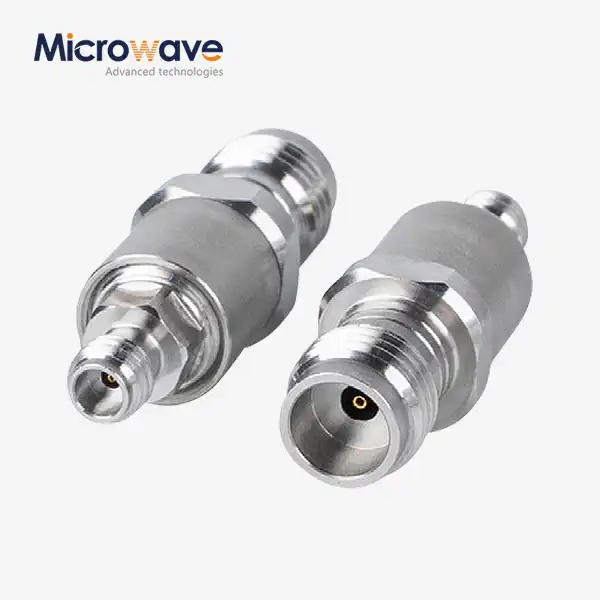
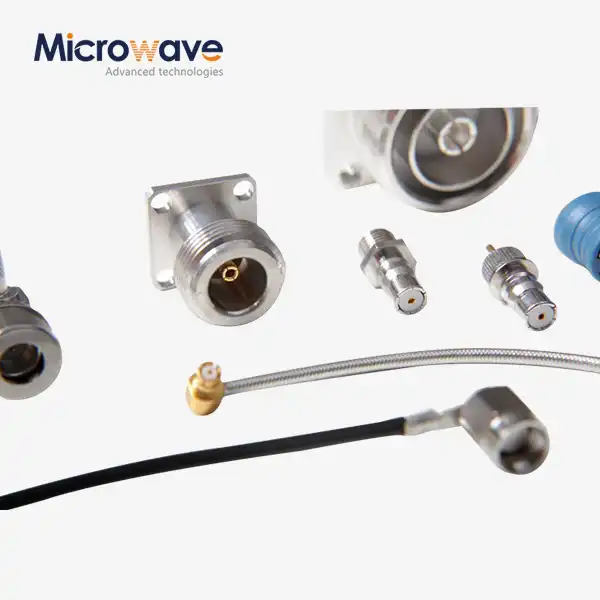
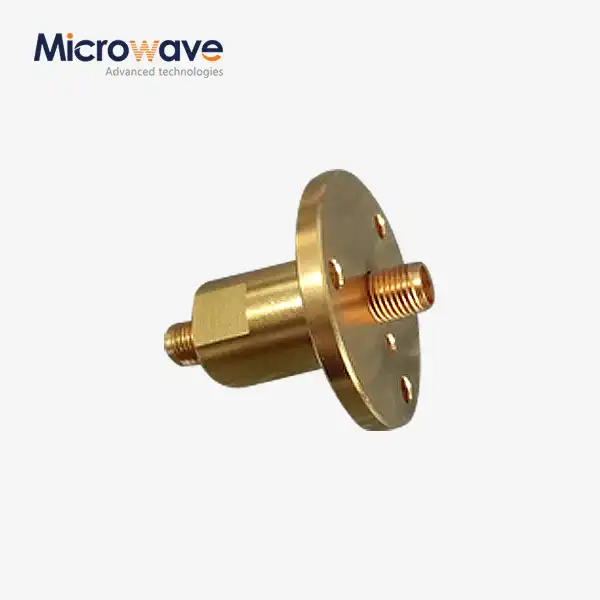
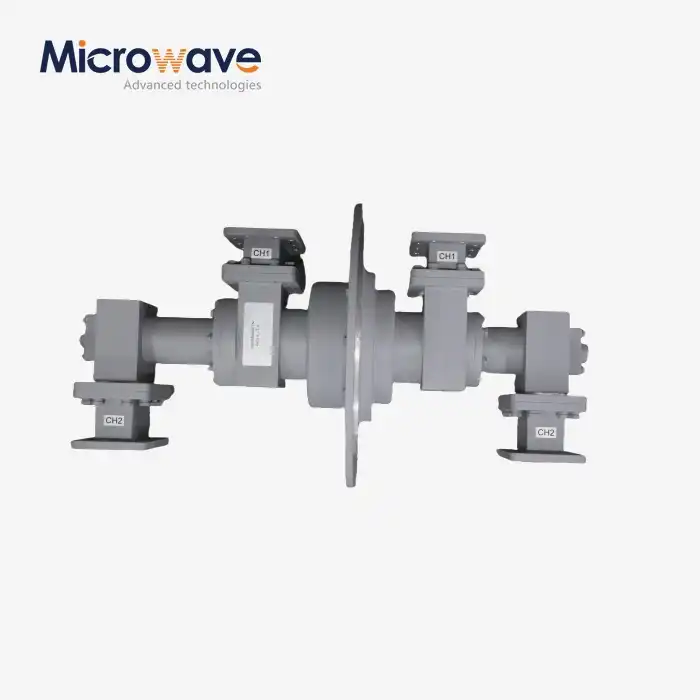
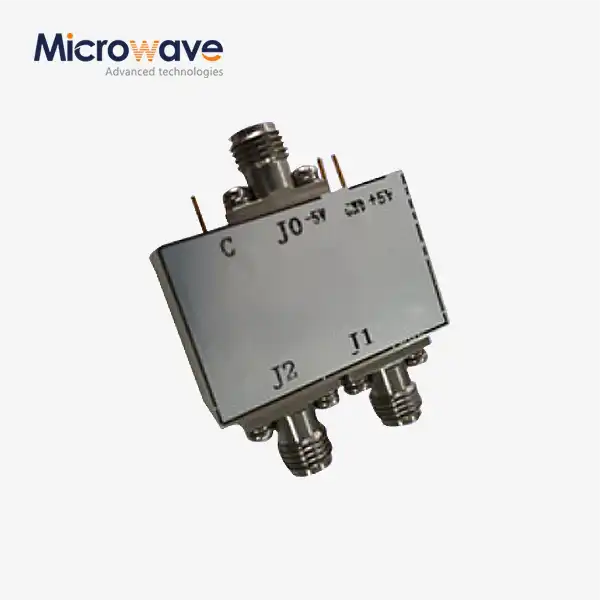
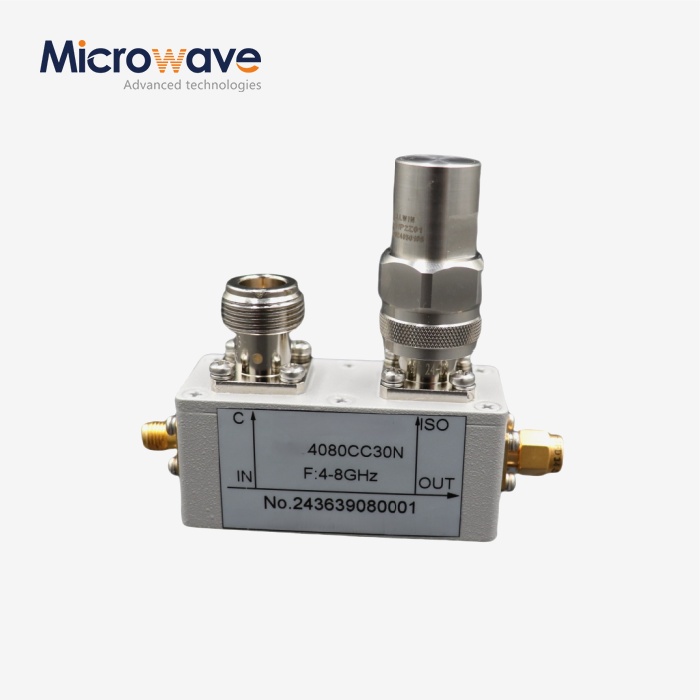
_1733738410152.webp)
